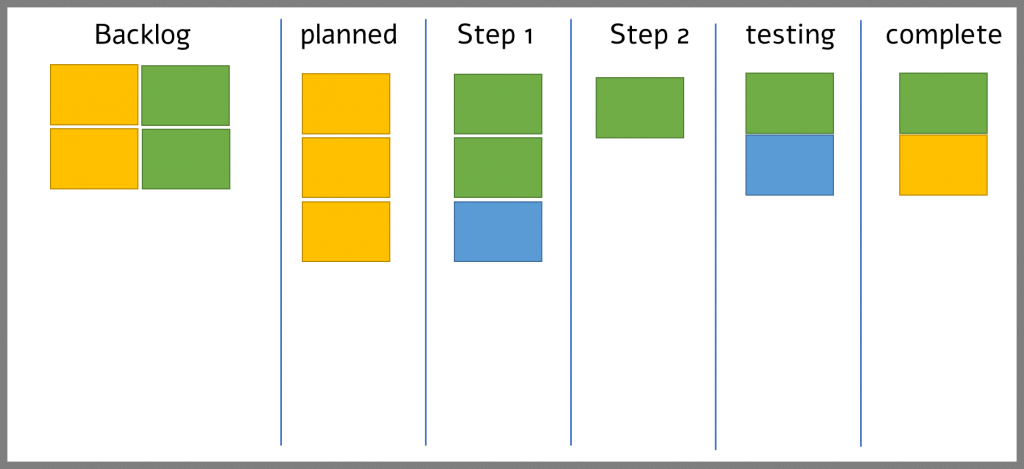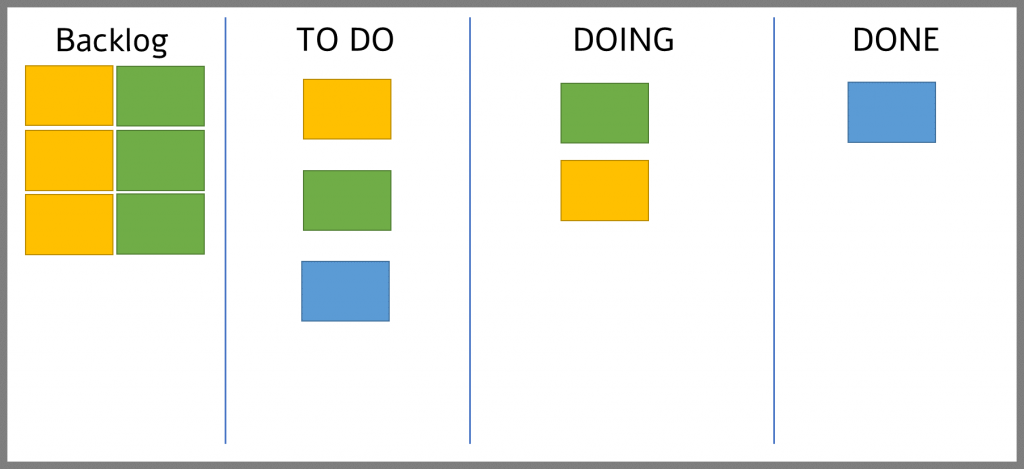In our last article we have described Agile as an umbrella term for many different frameworks. Theseameworks has similar characteristics, they are lightweight and adaptable to various processes, products / services / constraints, iterative and incremental, customer oriented and includes elements of employee empowerment, interfaces collaboration and tight communication.
One good example is the Agile Scrum framework – which is the most popular agile framework. Agile Scrum framework meets all of the above doing the following:
The Agile Scrum framework includes a number of roles (scrum master, product owner) whose essence role is to ensure that elements such as – connection to the voice of the customer, team independence and tight communication are maintained within the team. In addition, the Scrum framework has familiar routines (ceremonies) – Planning, Daily, Demo and Retrospective, that are aimed at routinely introduce the organization into short cycles of customer value delivery and continuous learning.

Additional example is the Kanban framework that is sourced from the Lean management philosophy (a visual pull system that easily communicates the need for inventory replenishment in the production floor exactly when it is needed). The Kanban method helps manage the amount of open tasks (Work-In-Process – WIP) to increase the value unit flow for a just-in-time and short-term delivery to the customer.


Applying this method includes a Kanban board that visually displays the workflow and that is used on a daily basis by the team. The cumulative WIP, barriers and dependencies can be easily identified on the board and is addressed in a short period of time.
As mentioned above, each of the Agile frameworks can be adapted to any process, meaning it is NOT necessarily ‘Agile development framework’ and surly it’s NOT only software development.
Examples for how it applies to two different types of processes are:
Process | Sales process | Complex and multidisciplinary product development process |
Team form | Multidisciplinary team | Multidisciplinary team |
Team’s disciplines | Market analysis, customer service, sales reps and back office | Mechanics, electronics, software |
Sprint length | 2-week sprints | 4-week sprints |
Sprint input | Short lists of sales potential | Product requirement |
Sprint delivery | Two weeks’ worth sales | End-to-end product unit/feature |
Feedback given | Quality of leads (given to the analysts who built the list) | Compliance with product requirements |
KPI’s | Sales, sale’s closure lead time | TTM, Quality, Product cost |
In addition to scrum, each of these teams can also adapt a Kanban board to help with task and WIP management.
In conclusion – Scrum and Kanban are two popular Agile framework that expresses the agile principles in different ways and can help organizations be rapid and flexible within various processes.
CONTACT US
LEAN AGILE ISRAEL
יצירת קשר
Lean Agile Israel ברשתות החברתיות
קהילת “מובילים במצוינות” מבית Lean Agile Israel
LEAN AGILE ISRAEL